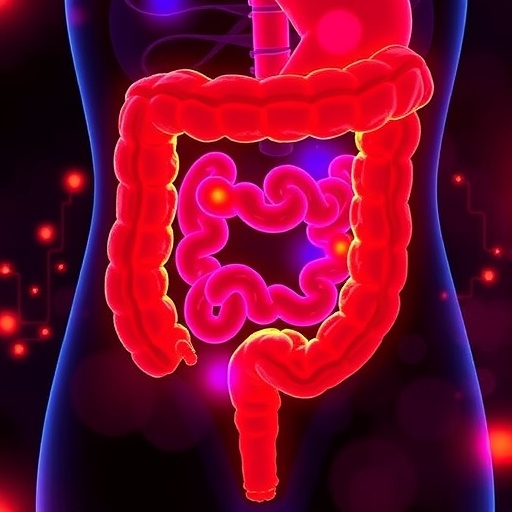
Credit: Sarafina Joy Photography
CHAMPAIGN, Ill. — Being distracted by technology during mealtimes may decrease the amount of food a person eats, nutrition scientists suggest in a new study.
When 119 young adults consumed a meal while playing a simple computer game for 15 minutes, they ate significantly less than when they ate the same meal without distractions, said lead author Carli A. Liguori.
Liguori conducted the research while earning a master’s degree in food science and human nutrition at the University of Illinois at Urbana-Champaign. The findings were published recently in the Journal of Nutrition.
Participants’ food consumption was evaluated on two separate occasions – one day when they played the game while eating and on another day when they ate without distractions.
The game, called Rapid Visual Information Processing, tests users’ visual sustained attention and working memory and has been used extensively by researchers in evaluating people for problems such as Alzheimer’s disease and attention-deficit disorder.
The game randomly flashes series of digits on the computer screen at the rate of one per second. Participants in the study were instructed to hit the space bar on the keyboard whenever they saw three consecutive odd numbers appear.
“It’s fairly simple but distracting enough that you have to really be watching it to make sure that you don’t miss a number and are mentally keeping track,” Liguori said. “That was a big question for us going into this – how do you ensure that the participant is distracted? And the RVIP was a good solution for that.”
The participants, who had fasted for 10 hours before each visit, were told to consume as much as they wanted of 10 miniature quiches while they were either playing the game or eating quietly without distractions for 15 minutes.
The food was weighed and counted before and after it was given to each person.
After a 30-minute rest period, participants completed an exit survey that asked them to recall how many quiches they had been given and the number they had consumed. They also rated how much they enjoyed the meal as well as their feelings of hunger and fullness.
Liguori hypothesized that, in keeping with prior research, when people ate while using the computer game they would not only consume more food but would have poorer memory of what they ate and enjoy it less.
Instead, she found that participants ate less when they were distracted by the computer game. Moreover, participants’ meal memory – their ability to recall how much they had been served and eaten – was less accurate when they were distracted than when they ate quietly without the game.
However, participants’ consumption on their second visit was affected by which activity they had performed during their initial visit. The people who engaged in distracted eating on their first visit ate significantly less than their counterparts who did not experience the distracted eating condition until their second visit.
Moreover, when participants who engaged in the distracted eating on their first visit were served the quiches on their next visit, “they behaved as if they were encountering the food for the first time, as evidenced by a lower rate of consumption similar to that of those who began” with the non-distracted meal, according to the study.
“It really seemed to matter whether they were in that distracted eating group first,” said Liguori, who is a visiting faculty member in health and physical activity at the University of Pittsburgh. “Something about being distracted on their initial visit really seemed to change the amount they consumed during the nondistracted meal. There may be a potent carryover effect between the mechanism of distraction and the novelty of the food served.”
The results suggest that there may be a difference between distracted eating and mindless eating. Although the terms are often used interchangeably, Liguori hypothesized that they may be distinctly different behaviors with nuances that need to be explored.
Mindless eating may occur when we eat without intending to do so, Liguori hypothesized. For example, we grab a handful of candy from the jar at the office as we walk by or start snacking on chips because they happen to be in sitting front of us.
Conversely, distracted eating may occur when we engage in a secondary activity such as watching TV or answering emails while we are deliberately eating – for example, when we’re eating dinner, she said.
Although prior research indicated that people eat more when distracted, Liguori hypothesized that the differing results in her study may have been associated with examining within-person differences – comparing individuals’ consumption under the , rather than comparing individuals’ behavior to that of peers.
Or, she said, her findings could have been influenced by factors such as the type of distraction that was used, the type of food served or by using college students as the study population, limiting the diversity in participants’ age, race, food preferences and motivation to regulate their consumption.
###
The study was co-written by U. of I. food science and human nutrition professor Sharon M. Nickols-Richardson, who is also director of Illinois Extension and Outreach; and then-graduate student Cassandra J. Nikolaus.
Media Contact
Sharita Forrest
[email protected]
217-244-1072
Original Source
https:/
Related Journal Article
http://dx.




